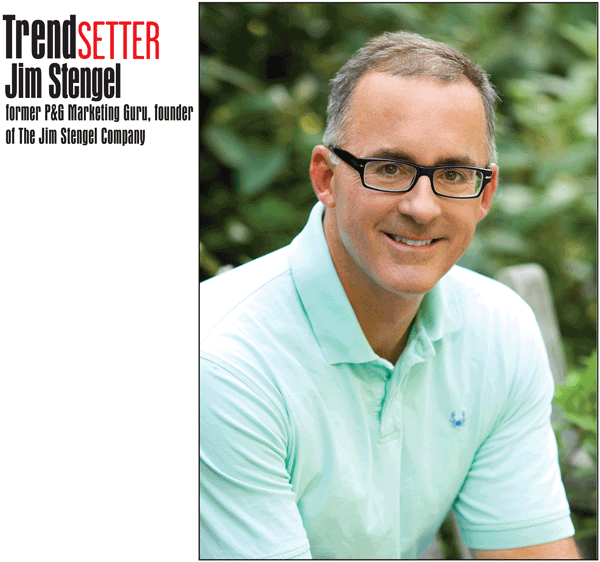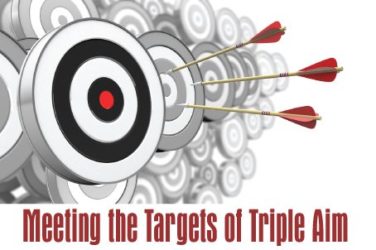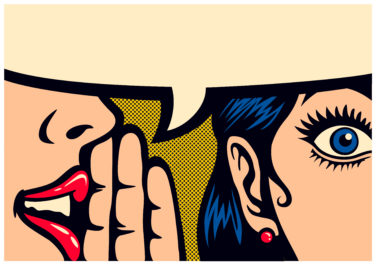In another life, we might have known Jim Stengel as publisher of Sports Illustrated. But, lucky for us, in this life, his record of 25 years at P&G gained him notoriety as a visionary leader who reshaped the company to make it the best, most admired, brand-building company in the world.
Today, as the founder of The Jim Stengel Company, he possesses a strong desire to share what he’s learned about growing brands and businesses. The author of Grow: How Ideals Power Growth and Profit at the World’s Greatest Companies, Stengel spoke with PM360 about his time at P&G, what he learned, what it has led to—and how pharma can employ his proven insights, too.
PM360: You are well known for your accomplished 25 years at P&G. Who or what inspired you to make that career choice?
Jim Stengel: I actually dreamed of becoming a sports writer and joined Time Life Books out of college because it was part of Time Inc. I thought it would be a step toward getting a job at Sports Illustrated.
It was a great place to learn, and I became very interested in brand management, while taking business courses, at night, at American University in Washington, D.C. It seemed to bring everything I loved to do to life. I then went to school full time at Smeal College of Business at Penn State before joining P&G.
What did you love about it?
Brand management, then, was at the hub for R&D, consumer research, as well as the others. I just liked being at the center.
But brand management was also very dynamic—and I liked that, too. I don’t like things to be static. It seemed like a dream job—and I wanted to be at the company that did it best.
What were your best moments at P&G?
My first brand manager job was for Jif peanut butter—a big business for P&G, but not very exciting. I formed a very diverse team and we wanted to make a bigger impact with our consumers. We did things that were not in vogue back then, like social marketing, cause marketing—things not tried before at P&G.
What did social marketing look like then?
Instead of communications about our product’s great taste, we went deeper with our consumers, who were mothers with preschool children, to understand what they really care about. Obviously, mothers really care about their schools.
We asked what role we could play in helping make schools better and created a program: For every jar of Jif sold, P&G would give a dime to a local PTA. Think about the logistics of that in the era before the Internet and data!
A logistical nightmare!
It was, but we built great brand equity. Mothers appreciated it. We had exposure at PTAs. It was a different kind of program because marketing then was about big ad budgets, coupons and store displays. This wasn’t going on yet—it demonstrated the power of truly understanding your consumer and then associating that with your brand. Frankly, that’s the lesson I carried through my career.
Where did this lesson/insight next show up during your tenure at P&G?
With Pampers—which was not doing well at the time. We again involved mothers and changed everything on the brand: Its brand equity, our communication and even our products. I learned an awful lot on that Pampers assignment about the power of purpose, of a brand ideal, of a mission—and how these can galvanize an entire organization.
In 2001, I became global marketing officer. P&G was experiencing a bit of a funk. However, we doubled its size and quintupled our earnings—and had a great stretch in the 2000s. I’m most proud of that and our marketing transformation at the time, which culminated in P&G being named Marketer of the Year at the Cannes Lions International Festival of Creativity—that had never happened in P&G’s history.
That’s fantastic—ahead of its time.
Yes, I’m most proud of what that symbolized—a change in P&G’s creative culture. I encouraged our teams to be bolder, more daring, more creative—to get closer to consumers, figure out the role your brand plays in their lives and really bring that to life. We also didn’t want to simply be better than our competition—we wanted to be seen as the best marketing company in the world.
You achieved that, then suddenly left P&G in 2008, but were deeply motivated to do so. Why was that?
I had a real desire to start something on my own and to help others find their mission, their purpose, their ideal and activate it. I wanted to help others grow as leaders—and grow their businesses. I wanted to do with others what had inspired me during my career.
Can you tell us what you mean by brand ideals?
A brand ideal is a statement a business or a brand makes about the impact they want to have on customers, the difference they want make in the world—it’s why people join them. Often, I ask brands why they formed, who started them and what originally motivated them. That usually results in a statement such as, “We exist to do something.”
For The Jim Stengel Company, what would that be?
A simple statement: We exist to help companies grow by activating higher ideals in all they do.
Using this type of ideal, how can pharma benefit in terms of growing brands and, perhaps, creating a better public reputation?
Obviously, pharma’s product category plays an extraordinary role in the world—that’s its real strength. But my sense is the marketing barrier for them starts with a lot of preconceived constraints, like regulatory issues. There are constraints, but there’s also a lot pharma can control that could make them more interesting to consumers, less predictable, maybe even more humorous.
Pharma’s opportunity is in greater differentiation based on a brand ideal—and more creativity. I hope they embrace some of the things we are talking about, not get overly burdened by constraints and then operate over time with consistency. Trust is the other issue. You gain consumer trust and confidence through consistency.
Pharma brands have great opportunity. They do amazing things with science—they have to be just as amazing in how they understand consumers and interact with them. And the fact that Lions held a two-day pharma event at Cannes this year is a very positive sign.








